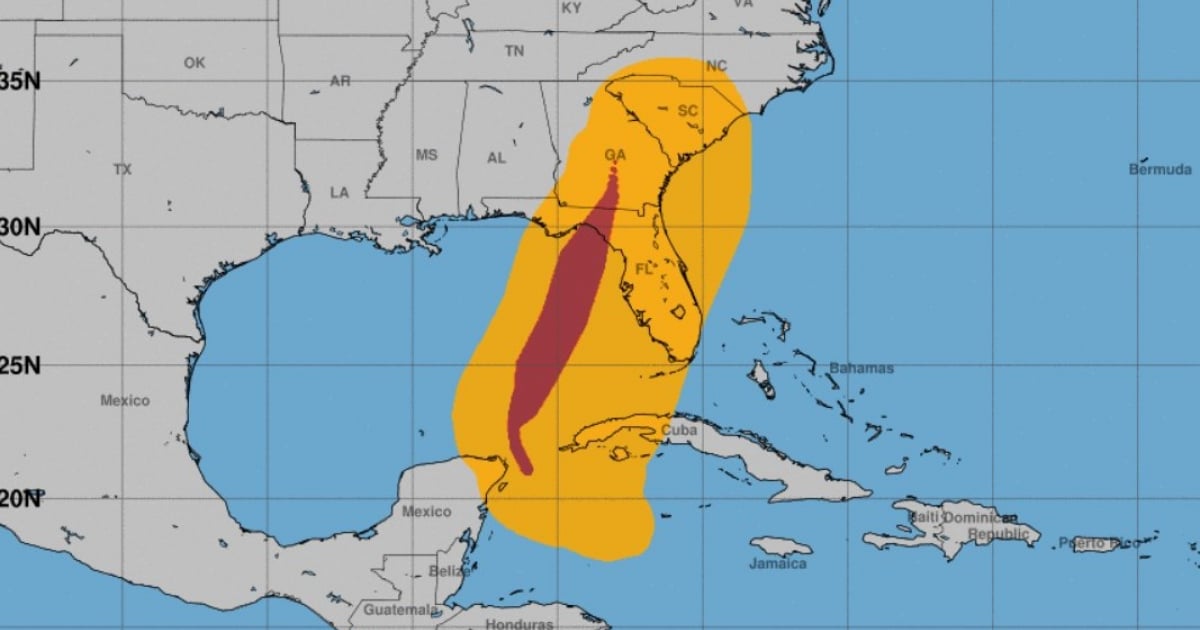Helene has weakened to a tropical storm just hours after making landfall on Florida's northwest coast as a Category 4 hurricane on Thursday night. Early this morning, it moved north-northeast and then shifted its path northward, accelerating to 30 mph (48 km/h). Interaction with the land weakened it, causing it to downgrade to a tropical storm.
According to the National Hurricane Center (NHC), as of 8:00 am, the storm's center was located near latitude 34.2 North, longitude 83.0 West, about 165 kilometers from Atlanta, Georgia, where hurricane-force winds and heavy rains are still persisting. The storm is expected to turn northwest and slow down over the Tennessee Valley this afternoon.
The NHC warns that storm surges along parts of Florida's Big Bend coast and other sections of Florida's west coast should diminish today. However, damaging wind gusts will continue to spread inland across parts of Georgia and the Carolinas.
Storm's Impact and Current Conditions
Helene's maximum sustained winds have decreased to around 60 mph (95 km/h), with stronger gusts. It is expected to continue weakening and eventually become a tropical depression. The storm initially made landfall Thursday night in the Big Bend region of Florida, hitting with maximum sustained winds of 140 mph (225 km/h), catastrophic storm surges, and heavy rains that caused coastal flooding and inundations.
At least one fatality has been reported when a traffic sign fell onto a vehicle traveling on I-4 in Tampa, as confirmed by the Florida Highway Patrol (FHP).
